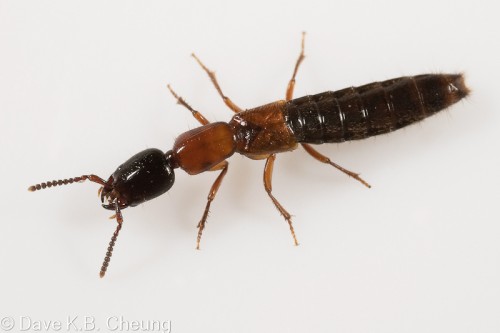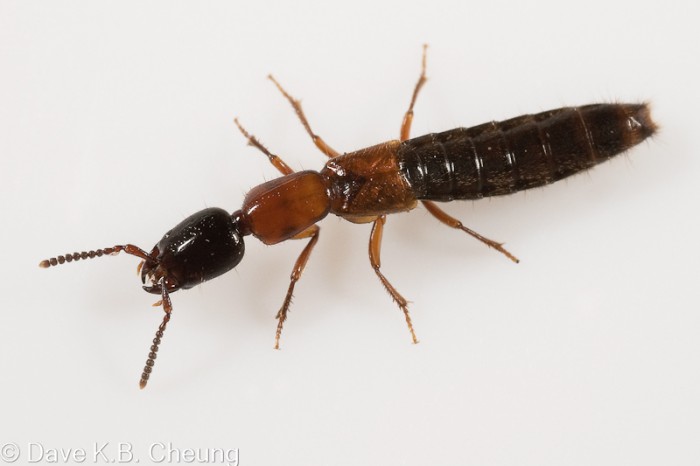The latest volume of the Canadian Journal of Arthropod Identification was published recently and is the first in a series on the Staphylinidae of Eastern Canada. Coordinated and authored by Adam Brunke, this first volume provides a key to all of the rove beetle subfamilies and tribes of the Staphylininae found in eastern Canada (and adjoining US states, termed ECAS by Adam). In addition to these keys, Adam has treated the species of the Staphylinina, and has plans to further coordinate and complete the treatment of the eastern Canadian Staphylinidae in due time (it might take awhile considering the rove beetles are the largest family of animals in the world). With plenty of stunning images and an unconventional key structure designed to increase usability for even the most novice of entomologists, Adam is well on his way to bringing these tiny yet important beetles into the public!
Reference
Brunke, A., Newton, A., Klimaszewski, J., Majka, C. and Marshall, S. 2011. Staphylinidae of Eastern Canada and Adjacent United States. Key to Subfamilies; Staphylininae: Tribes and Subtribes, and Species of Staphylinina. Canadian Journal of Arthropod Identification No. 12, 20 January 2011, available online at http://www.biology.ualberta.ca/bsc/ejournal/bnkmm_12/index.html, doi: 10.3752/cjai.2011.12. (Open Access)

